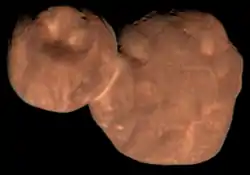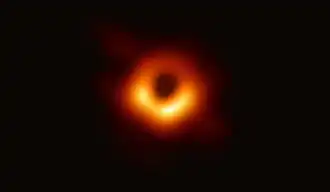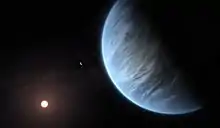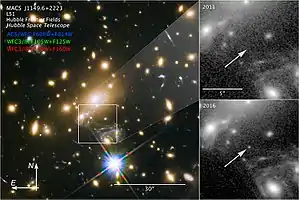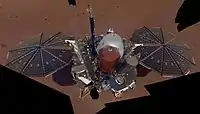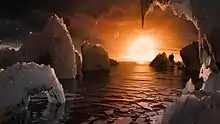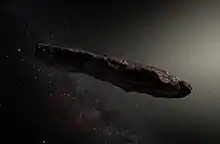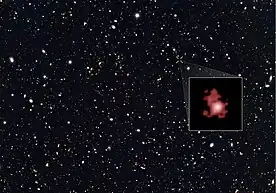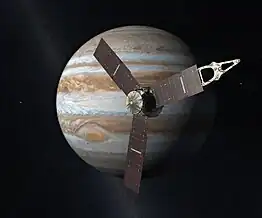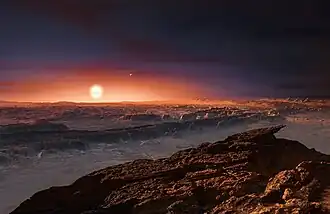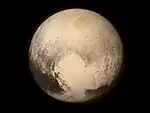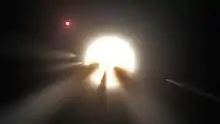Introduction
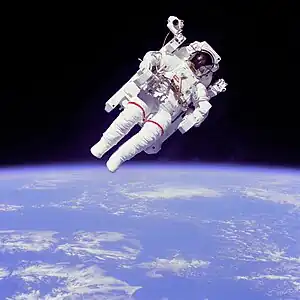
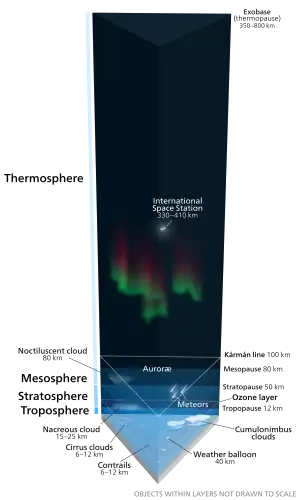
Outer space, commonly referred to simply as space, is the expanse that exists beyond Earth and its atmosphere and between celestial bodies. Outer space is not completely empty; it is a near-perfect vacuum containing a low density of particles, predominantly a plasma of hydrogen and helium as well as electromagnetic radiation, magnetic fields, neutrinos, dust, and cosmic rays. The baseline temperature of outer space, as set by the background radiation from the Big Bang, is 2.7 kelvins (−270 °C; −455 °F).
The plasma between galaxies is thought to account for about half of the baryonic (ordinary) matter in the universe, having a number density of less than one hydrogen atom per cubic metre and a kinetic temperature of millions of kelvins. Local concentrations of matter have condensed into stars and galaxies. Intergalactic space takes up most of the volume of the universe, but even galaxies and star systems consist almost entirely of empty space. Most of the remaining mass-energy in the observable universe is made up of an unknown form, dubbed dark matter and dark energy.
Outer space does not begin at a definite altitude above Earth's surface. The Kármán line, an altitude of 100 km (62 mi) above sea level, is conventionally used as the start of outer space in space treaties and for aerospace records keeping. Certain portions of the upper stratosphere and the mesosphere are sometimes referred to as "near space". The framework for international space law was established by the Outer Space Treaty, which entered into force on 10 October 1967. This treaty precludes any claims of national sovereignty and permits all states to freely explore outer space. Despite the drafting of UN resolutions for the peaceful uses of outer space, anti-satellite weapons have been tested in Earth orbit.
Humans began the physical exploration of space during the 20th century with the advent of high-altitude balloon flights. This was followed by crewed rocket flights and, then, crewed Earth orbit, first achieved by Yuri Gagarin of the Soviet Union in 1961. The economic cost of putting objects, including humans, into space is very high, limiting human spaceflight to low Earth orbit and the Moon. On the other hand, uncrewed spacecraft have reached all of the known planets in the Solar System. Outer space represents a challenging environment for human exploration because of the hazards of vacuum and radiation. Microgravity has a negative effect on human physiology that causes both muscle atrophy and bone loss. (Full article...)
Selected article

Neptune is the eighth and farthest planet from the Sun in the Solar System. It is the fourth largest planet by diameter, and the third largest by mass. The planet is named after the Roman god of the sea. Discovered on September 23, 1846, Neptune was the first planet found by mathematical prediction rather than regular observation. Unexpected changes in the orbit of Uranus led astronomers to deduce the gravitational perturbation of an unknown planet. Neptune was found within a degree of the predicted position. The moon Triton was found shortly thereafter, but none of the planet's other 12 moons were discovered before the 20th century. Neptune has been visited by only one spacecraft, Voyager 2, which flew by the planet on August 25, 1989. Neptune is similar in composition to Uranus, and both have different compositions from those of the larger gas giants Jupiter and Saturn. This, Neptune and Uranus are typically classified “ice giants.” Traces of methane in the atmosphere, in part, account for the planet's blue appearance. At the time of the 1989 Voyager 2 flyby, its southern hemisphere possessed a Great Dark Spot comparable to the Great Red Spot on Jupiter. Neptune has a faint and fragmented ring system, which may have been detected during the 1960s but was only indisputably confirmed by Voyager 2.
Selected picture
Space-related portals
General images
Did you know (auto-generated)
- ... that, for the Space 220 Restaurant, Disney reached out to NASA engineers to understand what a space elevator might look like?
- ... that some severe environmental impacts of the invasion of Ukraine can be seen from space?
- ... that the space industry of India has supported the launch of more than 100 domestic satellites and more than 300 foreign satellites?
- ... that Nature's Fynd, producer of microbe-based meat substitutes, is working with NASA to develop a bioreactor for use in space travel?
- ... that Louis W. Roberts was among the highest ranking African-American space program staff at NASA while the Apollo program was underway?
Space news
Upcoming spaceflight launches
Astronomical events
Topics
Categories
Wikimedia
The following Wikimedia Foundation sister projects provide more on this subject:
-
 Commons
Commons
Free media repository -
 Wikibooks
Wikibooks
Free textbooks and manuals -
 Wikidata
Wikidata
Free knowledge base -
 Wikinews
Wikinews
Free-content news -
 Wikiquote
Wikiquote
Collection of quotations -
 Wikisource
Wikisource
Free-content library -
 Wikiversity
Wikiversity
Free learning tools -
 Wiktionary
Wiktionary
Dictionary and thesaurus
-
 List of all portalsList of all portals
List of all portalsList of all portals -
 The arts portal
The arts portal -
 Biography portal
Biography portal -
 Current events portal
Current events portal -
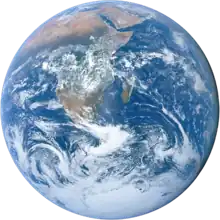 Geography portal
Geography portal -
 History portal
History portal -
 Mathematics portal
Mathematics portal -
 Science portal
Science portal -
 Society portal
Society portal -
 Technology portal
Technology portal -
 Random portalRandom portal
Random portalRandom portal -
 WikiProject PortalsWikiProject Portals
WikiProject PortalsWikiProject Portals
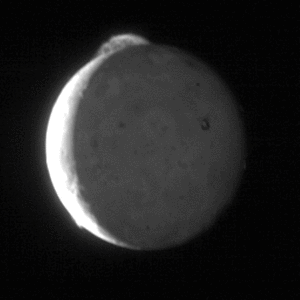

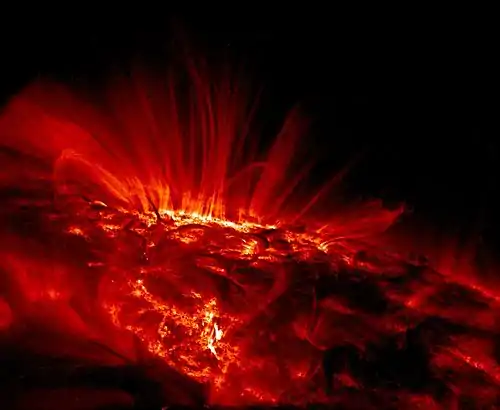
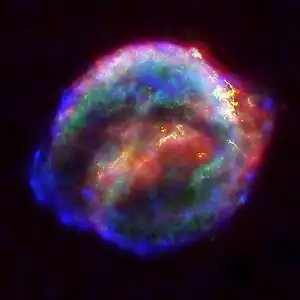
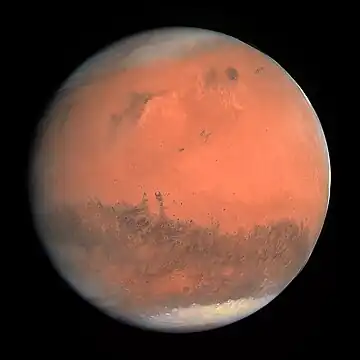
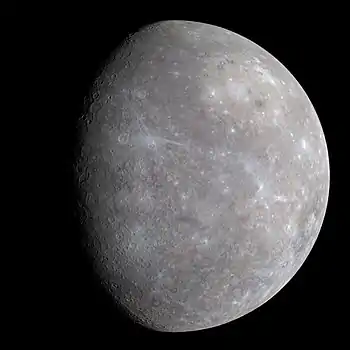
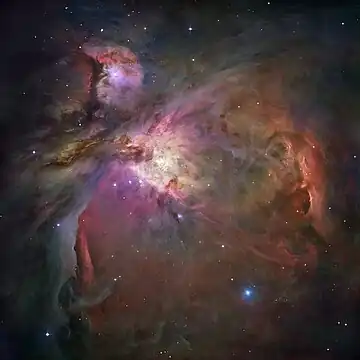
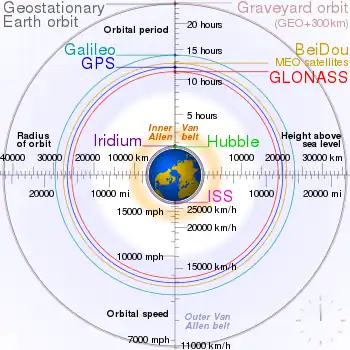
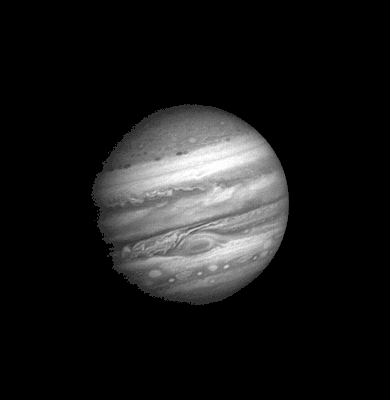
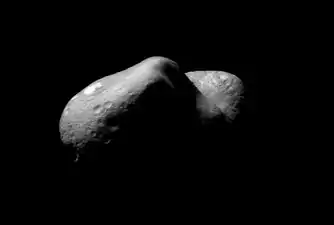
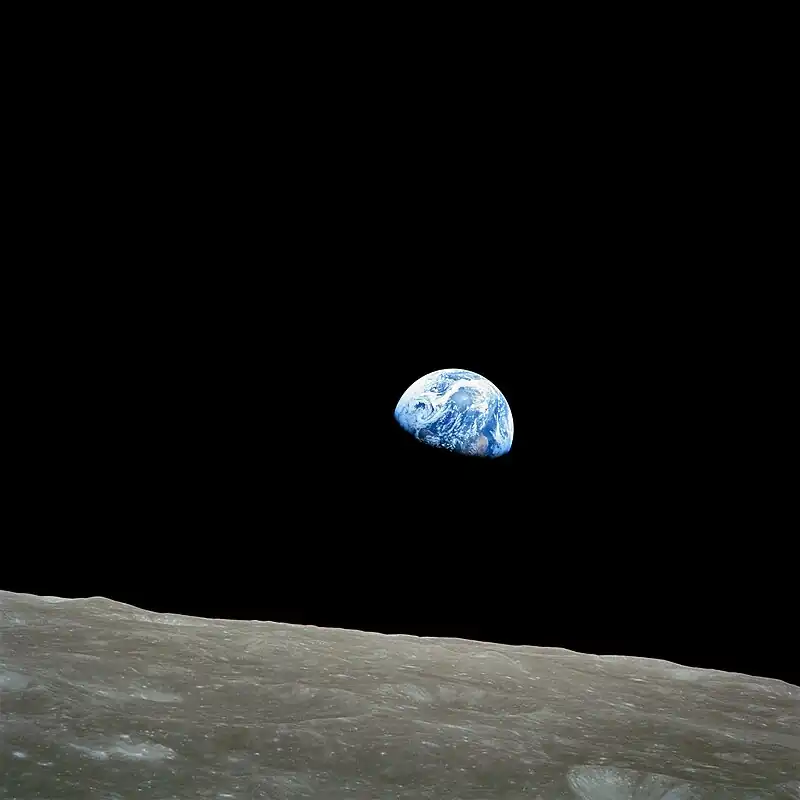
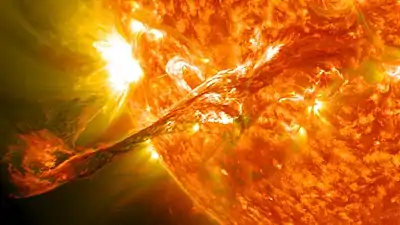
.jpg.webp)
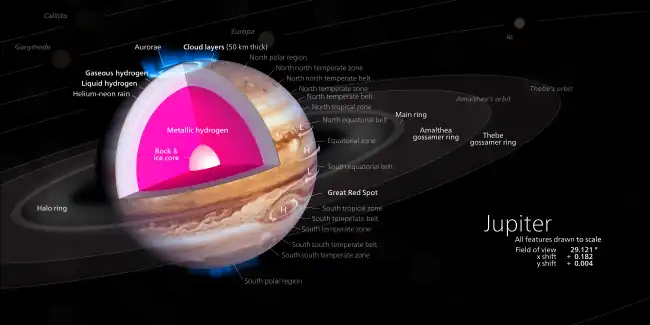
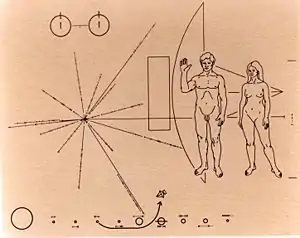
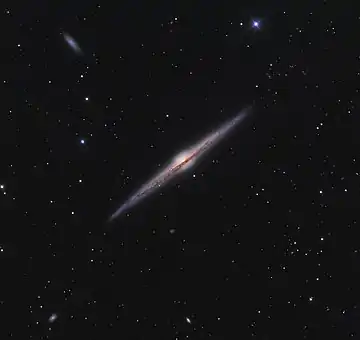
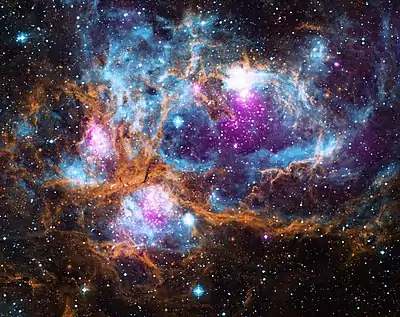
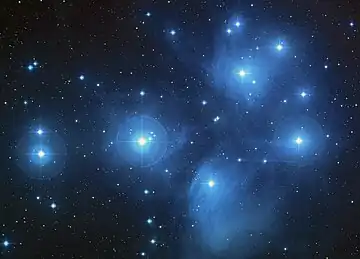
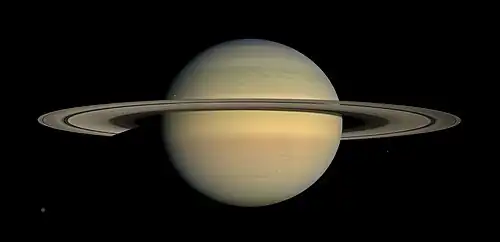

.jpg.webp)


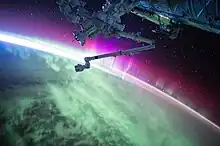

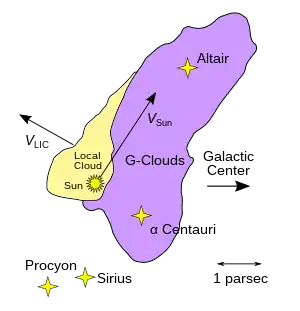
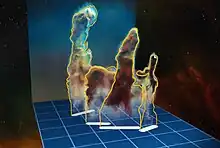

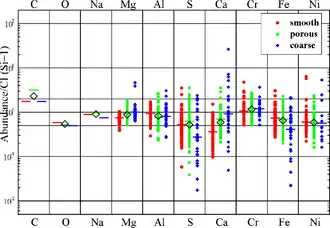
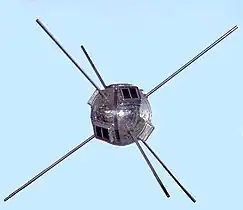
.jpg.webp)
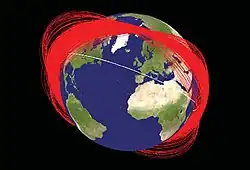
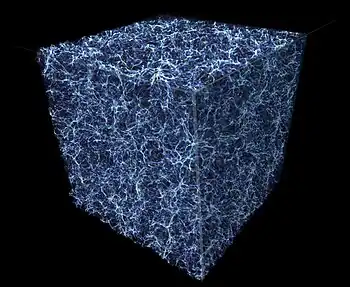
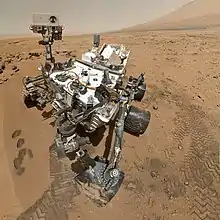
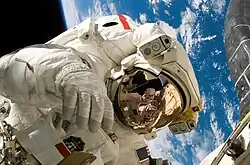

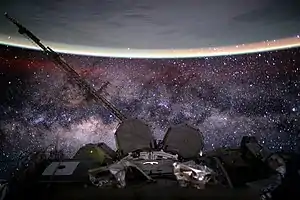


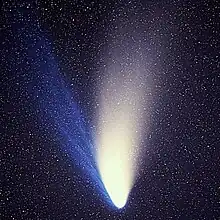
_(53057957393).jpg.webp)

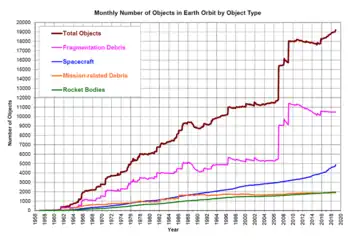
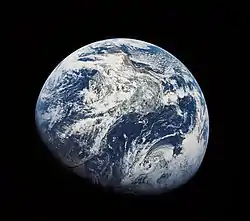
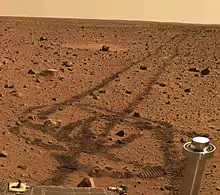
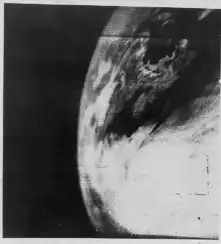

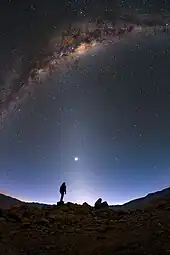
.tif.jpg.webp)
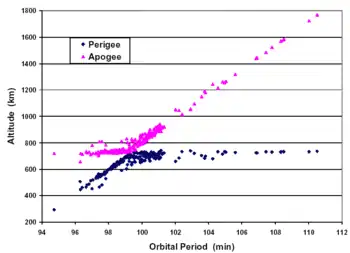
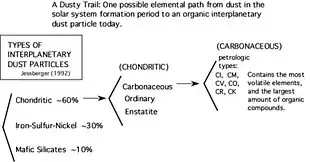
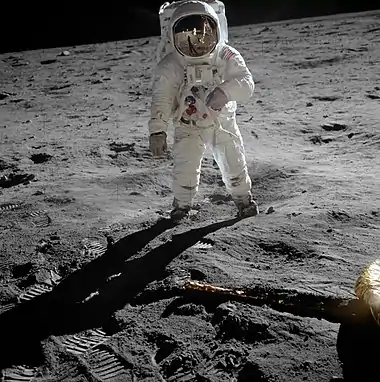

.png.webp)
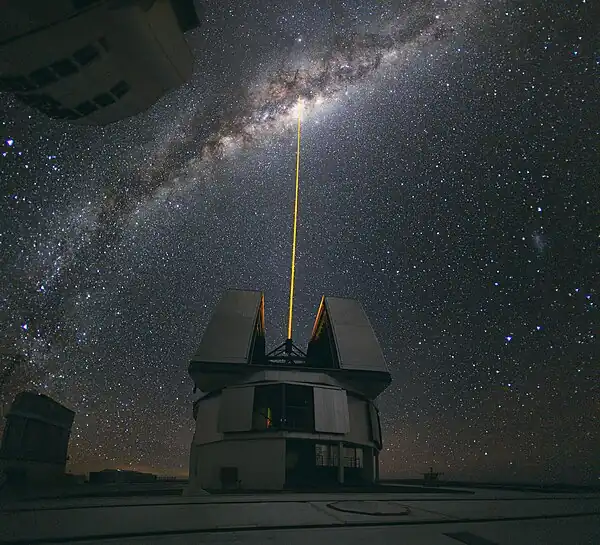
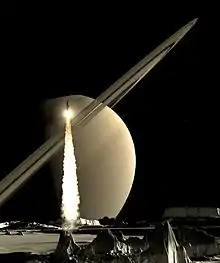




.jpg.webp)
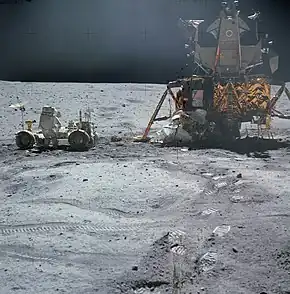
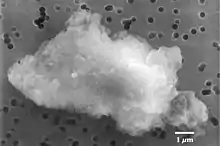
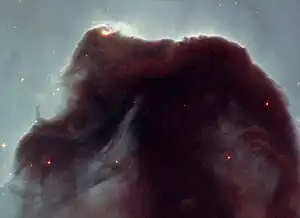
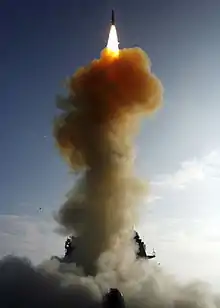
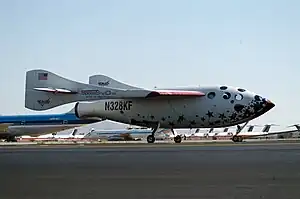
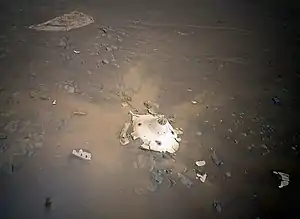

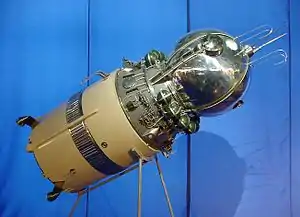
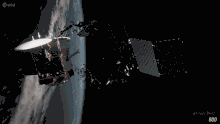
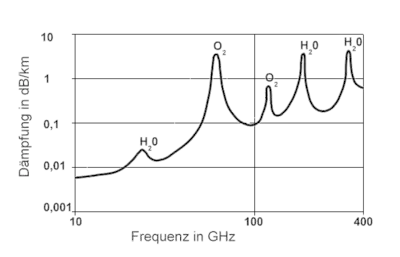
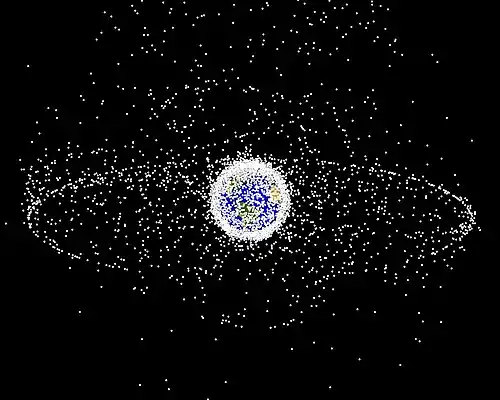
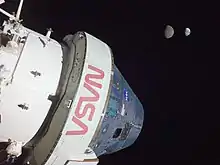
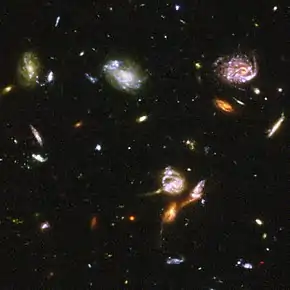
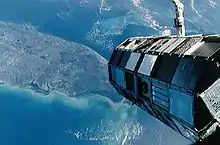


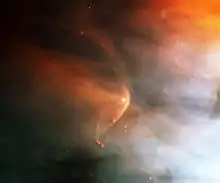

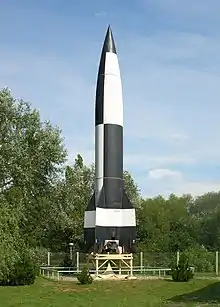
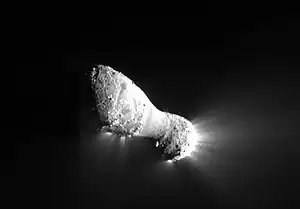

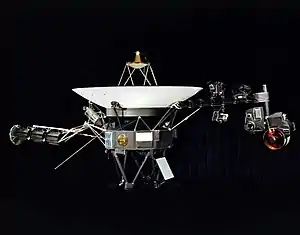
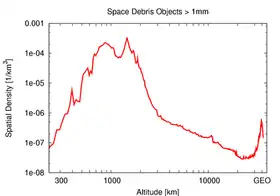
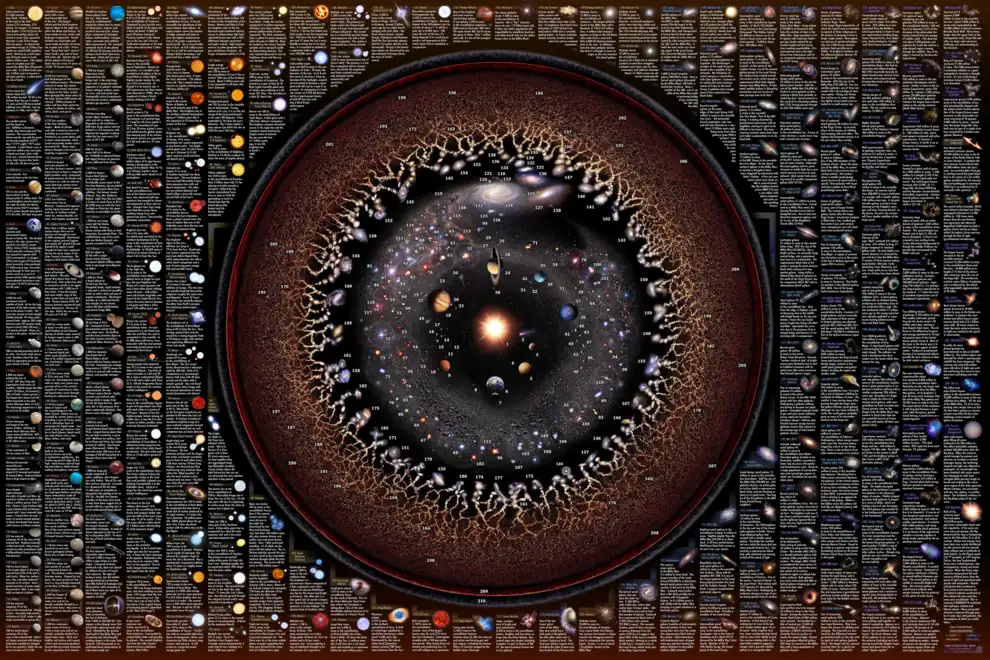


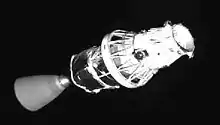
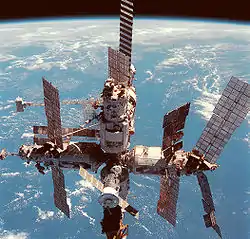

.jpg.webp)
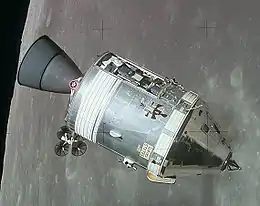
.png.webp)
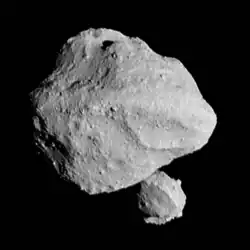




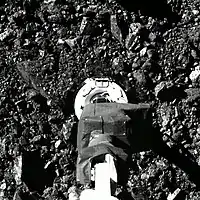
_on_Jul_14_2020_aligned_to_stars.jpg.webp)
